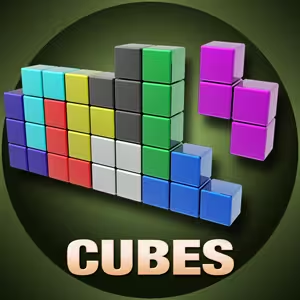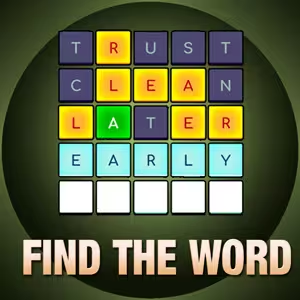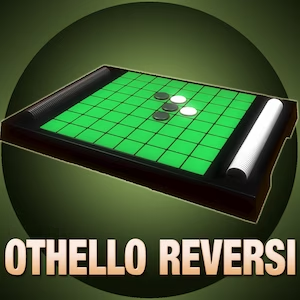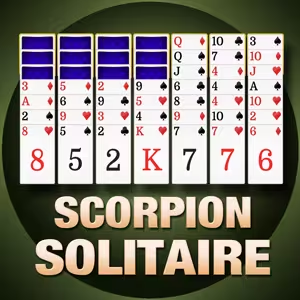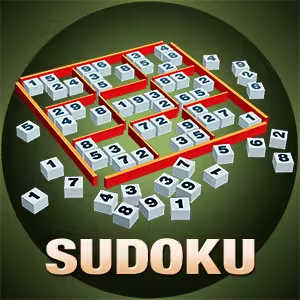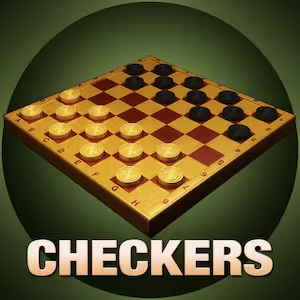About Tetris
Tetris is a classic puzzle game that challenges players to think fast and stay organized. The game takes place on a vertical playing field where shapes made of four blocks—called Tetriminos—fall from the top of the screen. Your goal is to move and rotate these shapes so they fit together without gaps as they stack up.
As the blocks fall, you can slide them left or right, and rotate them to fit better. When you complete a full horizontal row with no empty spaces, that row disappears, and you earn points. The more rows you clear at once, the more points you get. If the blocks stack all the way to the top of the screen, it’s game over.
At first, the blocks drop slowly, giving you time to plan. But as the game progresses, they fall faster and faster, testing your speed and reflexes. The key to playing well is to stay calm, think ahead, and always leave space for the long, straight piece—it’s perfect for clearing multiple rows at once!
Tetris is easy to start playing, but it takes strategy and practice to master. Whether you're trying to beat your high score or just enjoying the rhythm of fitting pieces together, Tetris is a fun and rewarding experience for players of all ages.
About Find the Word
Find the Word is a relaxing yet brain-teasing puzzle game where your goal is to locate hidden words in a grid full of letters. The words can be arranged in any direction—horizontally, vertically, or diagonally—and they may be spelled forwards or backwards.
To play, simply scan the letter grid and try to spot words from a given list. When you find one, highlight it by dragging your mouse (or finger, if you’re on mobile) across the letters. The word will then be marked as found and usually crossed off the list. The game continues until all hidden words have been discovered.
Some puzzles are themed—for example, animals, countries, or foods—while others may mix random words to increase the challenge. As you play, your observation skills and vocabulary naturally improve, making it a great activity for both kids and adults.
Whether you're passing time or giving your brain a fun workout, Find the Word is a simple but satisfying game that’s easy to get into and hard to put down.
About Reversi (Othello)
Reversi, also known as Othello, is a strategic board game for two players that’s simple to learn but deeply challenging to master. The game is played on an 8x8 grid, and the players take turns placing discs that are black on one side and white on the other.
The goal of the game is to have the majority of your color discs on the board by the end. You capture your opponent’s discs by "sandwiching" them—when your disc is placed so that it brackets one or more of your opponent’s discs between two of your own (either horizontally, vertically, or diagonally), those discs are flipped to your color.
Each move can completely shift the balance of the board, making the game dynamic and full of twists. The real challenge lies in anticipating your opponent's next move while setting traps and creating opportunities to flip multiple discs at once.
Reversi is a battle of foresight, patience, and clever positioning. Whether you're a first-time player or a seasoned strategist, it’s an addictive game that rewards careful thinking and bold plays.
About Scorpion Solitaire
Scorpion Solitaire is a challenging and engaging twist on traditional solitaire. Played with a single deck of 52 cards, the game tests both strategy and patience. It shares some similarities with Spider Solitaire but has its own unique rules that make it more intense and rewarding for those who enjoy a good puzzle.
The goal of Scorpion Solitaire is to build four columns of cards, each in descending order from King to Ace, all in the same suit. The game starts with cards dealt into seven columns, with the first few cards in each column face down and the rest face up. Unlike many solitaire games, you can move groups of cards regardless of their sequence, as long as the top card of the group follows the descending suit order.
As you uncover face-down cards, more options open up—but making the wrong move can trap valuable cards and make the game unwinnable. Success often depends on planning ahead and being willing to undo or rethink moves when the board becomes cluttered.
Scorpion Solitaire is perfect for players looking for a tougher solitaire experience. It combines the satisfaction of uncovering hidden cards with the mental challenge of managing complex card sequences. Each game is a new opportunity to sharpen your problem-solving skills and have fun doing it.
About Sudoku
Sudoku is a timeless logic-based number puzzle that challenges your brain without requiring any math. The game consists of a 9×9 grid, divided into nine 3×3 squares. Some numbers are already filled in, and your goal is to fill in the rest—so that each row, column, and 3×3 box contains every number from 1 to 9 exactly once.
To play, look for obvious placements first—places where only one number can logically go. As you progress, you’ll start noticing patterns and using reasoning to eliminate possibilities. It’s all about logic, attention to detail, and patience. There’s no guessing—just observation and deduction.
Sudoku puzzles range from easy to incredibly difficult, so whether you're a beginner or a puzzle master, there's always a level that suits your skill. It’s a great way to improve concentration, memory, and problem-solving skills while having fun.
Sudoku can be played casually to relax your mind or competitively as a mental workout. With endless puzzle combinations and a simple set of rules, it’s no surprise that Sudoku remains one of the most popular puzzles in the world.
About Checkers
Checkers—also known as Draughts—is a classic strategy game for two players that’s simple to learn and endlessly replayable. Played on an 8×8 board, each player begins with 12 pieces placed on the dark squares of the three rows closest to them.
The objective is to capture all of your opponent’s pieces or block them so they have no legal moves. Players take turns moving diagonally forward one square. If an opponent's piece is in a forward diagonal space and the space beyond it is empty, you can “jump” over and capture that piece.
When a piece reaches the farthest row on the opponent's side, it becomes a "king"—often marked by stacking two checkers. Kings gain the advantage of moving and jumping both forward and backward, making them powerful tools in the late game.
Checkers rewards both tactical thinking and long-term strategy. You must weigh offensive moves with defensive positioning and avoid falling into traps while setting your own. It’s a perfect blend of simplicity and depth, making it a timeless favorite for all ages.
About Chess
Chess is a world-renowned two-player strategy game that has been played for centuries. The game is played on an 8×8 board with alternating light and dark squares. Each player begins with 16 pieces: 8 pawns, 2 knights, 2 bishops, 2 rooks, 1 queen, and 1 king.
The goal of chess is to checkmate your opponent's king—putting it in a position where it cannot escape capture. Each type of piece moves in its own unique way. Pawns advance forward but capture diagonally, knights jump in “L” shapes, bishops move diagonally, rooks move in straight lines, and the queen combines the power of both rooks and bishops. The king moves one square in any direction.
Players must plan several moves ahead, anticipate their opponent’s strategies, and protect their king while advancing their own position. Chess is a blend of logic, tactics, and creativity. It rewards patience, foresight, and strategic depth, making it one of the most respected and intellectually engaging games in the world.
Whether you’re a complete beginner or a seasoned master, chess offers endless opportunities to learn, compete, and improve. Every match is a mental battle—pure, elegant, and timeless.
